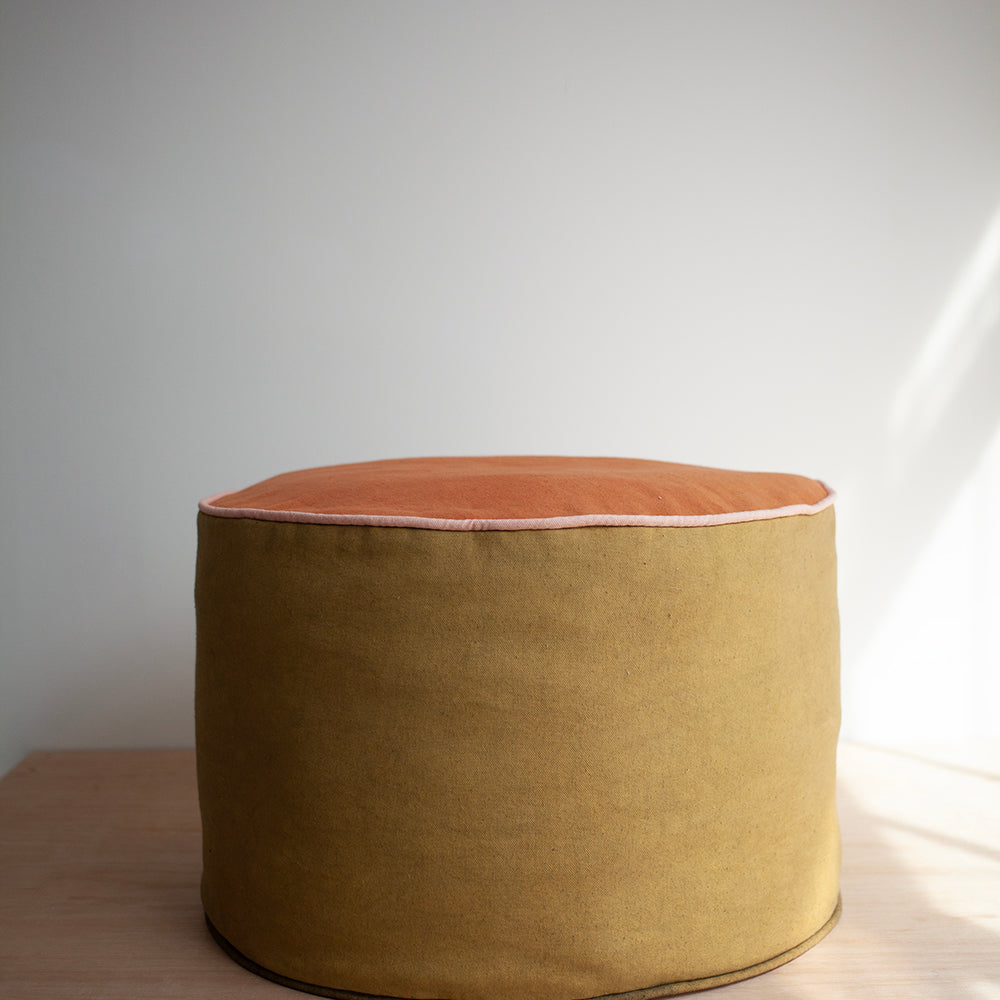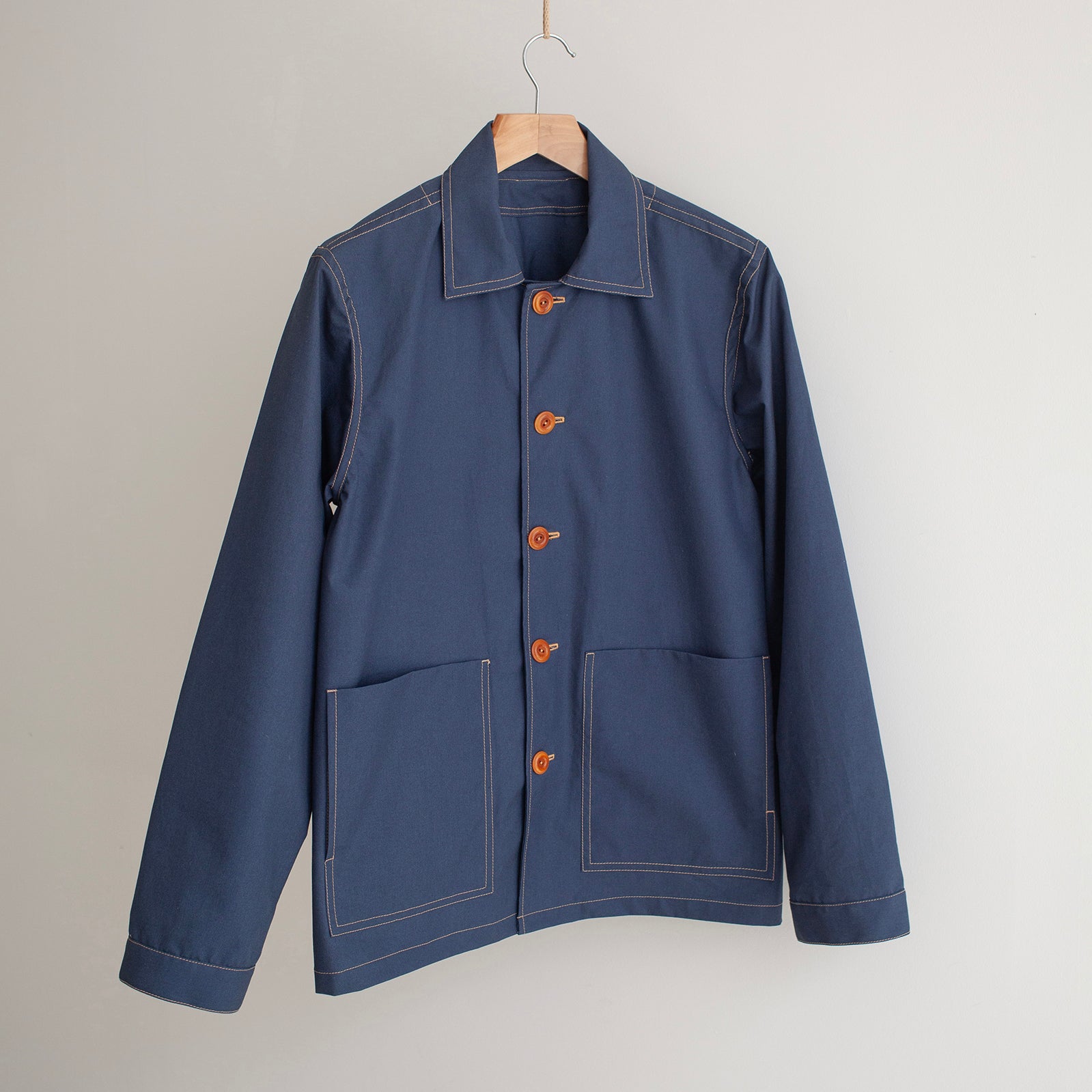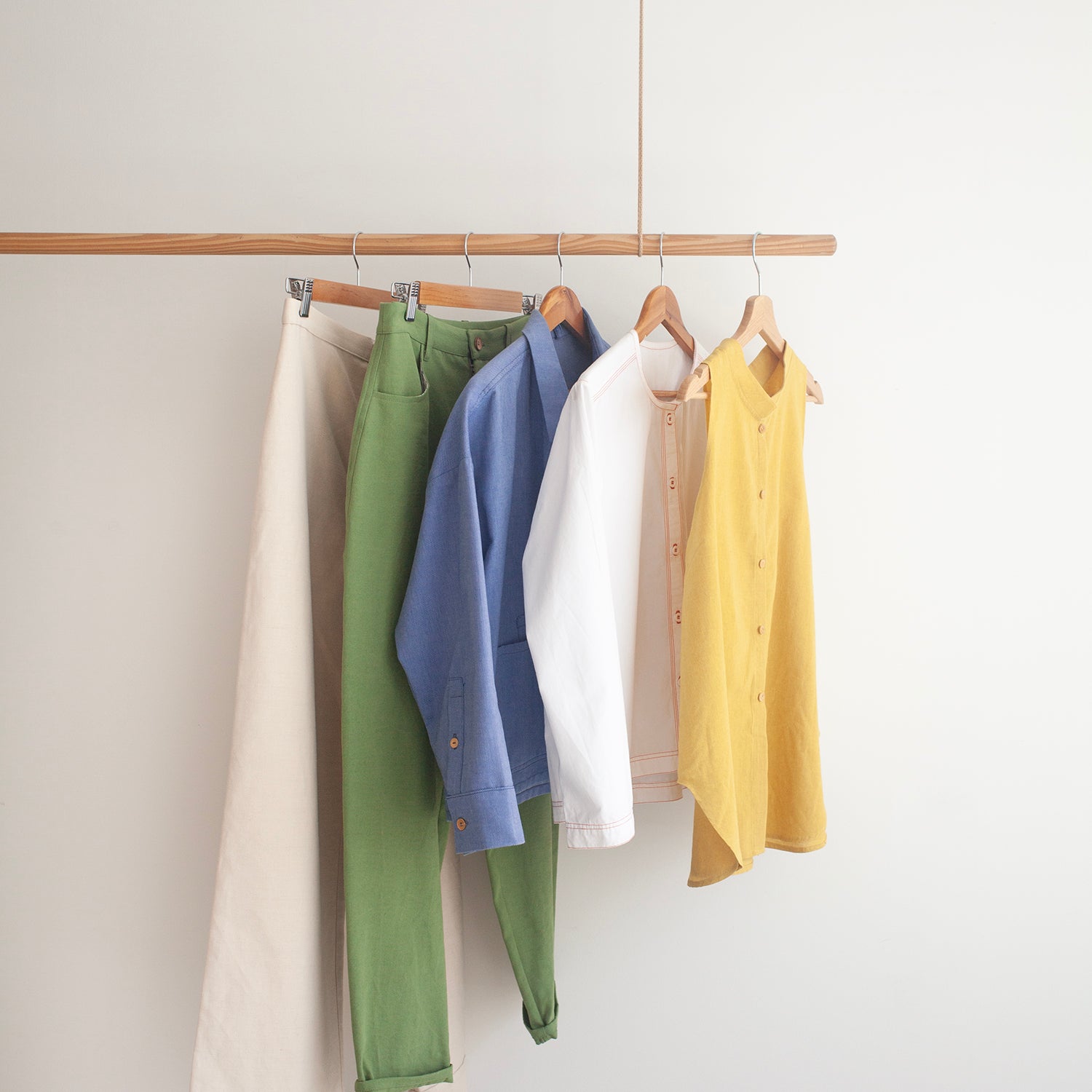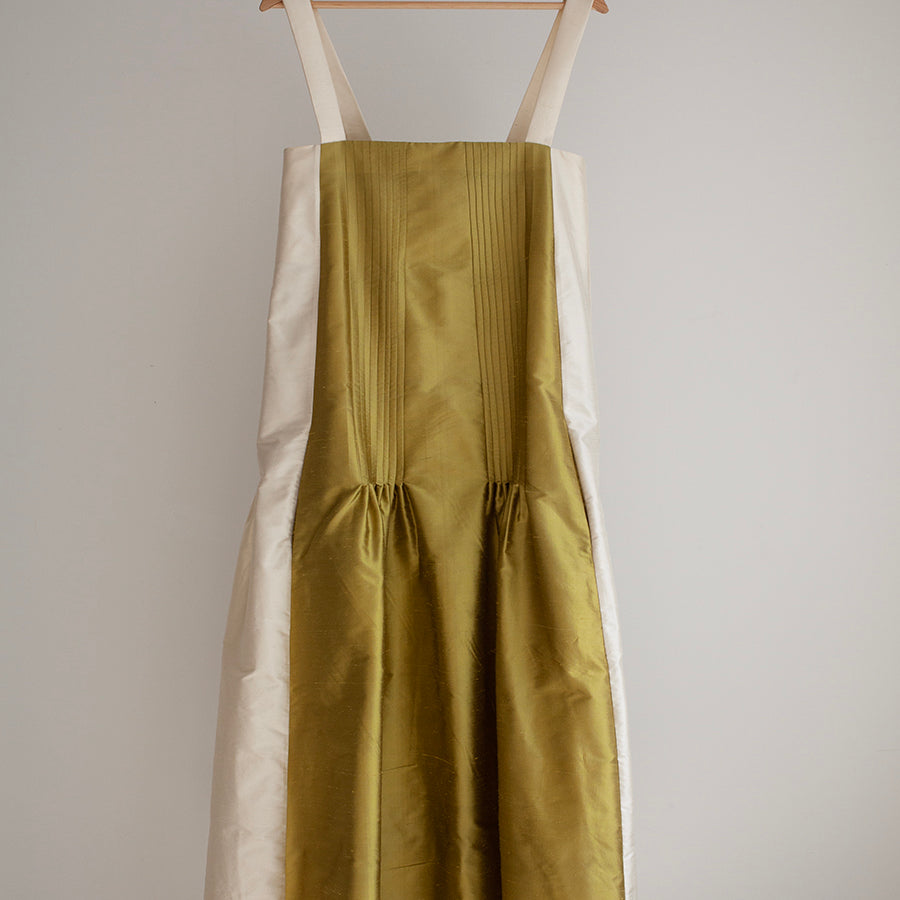
As the weather begins to turn, so does my mind towards what projects I can be making for the colder months. Autumn fashion is all about change and versatility for me. I feel like my garments have to be a bit like Goldilocks - they need to be able to layer for warmth and be breathable, come rain or shine.
A large element that plays into this is of course choosing fabrics. As I've mentioned previously, I tend to lead with texture when it comes to choosing fabrics, because it directly impacts the sewing and the function of the garment. I also think that the more intentional you are with choosing your fabric, the more time and energy you invest in the piece and hopefully wear it for years on end.
I wanted to give you a preview into the fabrics I've chosen for our next couple of makes, if you too are thinking about what next to sew.
Soft Gold Classic Shirt
I was kindly gifted this Ginger Viscose Sateen from the Cloth House - this specific fabric is unfortunately now sold out but there are many other colours that are still available. I used the same material a while back to make a burnt orange Frida Shirt with a ruffle neck.
I love how rich and muted this soft gold is, and it's got that shimmer that’s really nice to wear in winter. The texture is soft and supple; viscose is a great alternative to silk because of how it holds during sewing, making a lot easier to make with. I'm going to be using this fabric to make a Classic Shirt, with little black buttons. I imagine it being an evening piece that can be dressed down as a layer under a jacket or as a statement piece.
 Burnt orange viscose sateen Frida Shirt with a ruffle neck
Burnt orange viscose sateen Frida Shirt with a ruffle neck
I bought this Hazel Corduroy from Ray Stitch, and I'm going to making a pair of Worker Trousers with it. It's such a quintessential autumnal fabric, with the soft burnt orange of fallen leaves and rich cosy velvety texture of the corduroy. It's super versatile for the weather; it has thickness and warmth, but is also really comfortable and breathable to wear since it’s cotton.
It's a common misconception that corduroy is difficult to sew with. You just need to make sure that you cut all the pieces for the whole garment with the direction of the pile up or down (I prefer it going down). Another reminder if you’re sewing corduroy trousers is to prewash twice, since trousers are a nightmare when they shrink.
I would like to firstly state that the blazer was not named after Naomie Harris! I bought this beautiful Harris Tweed months ago when I was in Scotland. What makes Harris tweed Harris tweed is it has to be woven in the home of a weaver on Isle of Harris or Lewis.
The craft is passed down through generations; on my recent holiday we visited a weaver in his outhouse surrounded by the most beautiful hills, with no heating or insulation, sheltered from the elements by a corrugated iron roof. The weaving industry importantly retains employment for islanders and brings in visitors to preserve this practice. The thread colours are traditionally inspired by the landscape around them - which it's clear to see, with the gorgeous blues and greens that peek through the tweed. (I could write an essay on Harris Tweed!)

This is a herringbone weave, and it is the perfect weight for a winter coat - really warm, long lasting and hard wearing. Wool tweed like this is so nice to sew with as you get a lot of room for error! Its flexibility makes it much easier to sew welt pockets and to ease sleeves in. I'm using this tweed to make a winter version of the Naomi Blazer, but it is so perfect for any coat pattern. A Harris Tweed is definitely an investment but it’s for a piece that will last for the next 20 years and more.
Looking forward to seeing your Autumn/Winter makes! As ever, please do tag us or send them our way.
Hetty x









